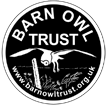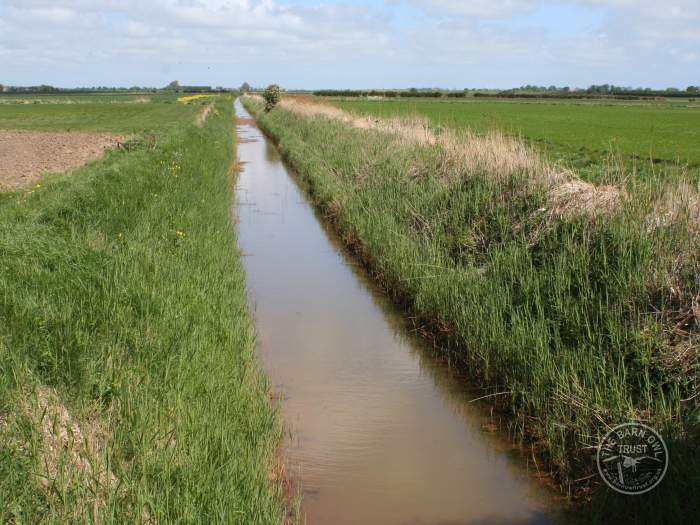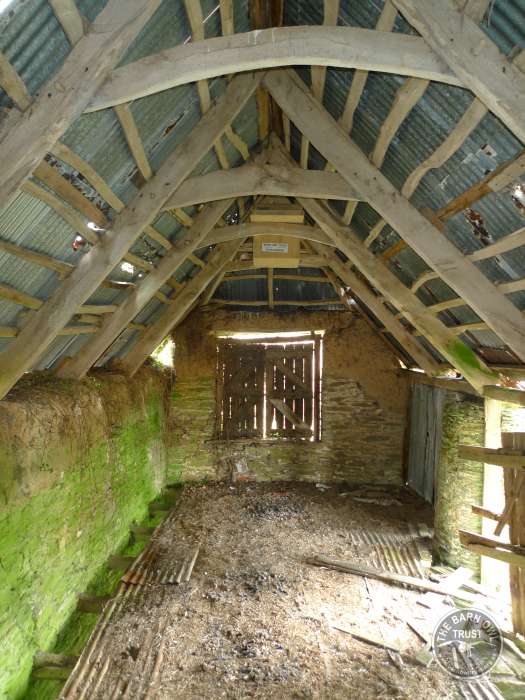Environmental Land Management Schemes (ELMS)
Environmental Land Management Schemes (ELMS)
ELMS are the new agricultural payment system in England designed to reward actions that promote animal welfare, carbon sequestration, soil health and nature restoration.
ELMS is part of the agricultural transition from the area-based payments of the Basic Payment Scheme (BPS) under the EU’s Common Agricultural Policy (CAP) to a system that rewards farmers and landowners based on the environmental benefits they provide, rather than a payment based on the total area of the farm.
The Department for Environment, Food and Rural Affairs (DEFRA) aims to have 70,000 agreements covering 70% of agricultural land and 70% of farms by 2028.
The Structure of ELMS
The government’s 2020 Agricultural Transition Plan outlined three main components of ELMS:
- Sustainable Farming Incentive (SFI): The most flexible scheme, designed for every farm. It offers options to encourage environmentally sustainable farming practices.
- Countryside stewardship (CS): This scheme focuses on location-specific actions targeting particular habitats and features. It includes mid-tier options suited to all farm types and higher-tier options for the most environmentally sensitive sites.
- Capital Grants provide additional funding for standalone actions like hedge laying, tree guards, deer fencing and earth bank restoration.
- Landscape Recovery (LR): Designed for larger-scale, long-term projects aimed at restoring the natural environment. Applications are competitive and typically run for 20 years or more. For example, in 2023, 34 projects were funded, involving over 700 landowners working to restore 35,000 hectares of peatland, create 7,000 hectares of woodland, and benefit more than 160 protected sites.
What’s Next?
Since their introduction, ELMS have evolved through pilot schemes and the coexistence of both new and legacy agreements. However, the rollout has faced criticism for complexity and instability, creating uncertainty for farmers during the transition period.
In response, the government has simplified and streamlined the process, leading to an average 10% increase in action payments for both existing and new agreements. The updated system also provides more support for farmers who maintain existing environmental assets, rather than only rewarding the creation of new ones. Additionally, premium payments are now available for high-priority actions, such as creating nesting plots for Lapwing.
A key improvement is the introduction of a single application process combining SFI and mid-tier CS options, now known as the SFI Expanded Offer, which is already up and running. This scheme is accessible to most farmers and is the primary entry point into ELMS.
The SFI Expanded Offer
The current offer includes 102 actions, combining options from previous SFI and mid-tier CS agreements, along with new initiatives like precision farming, moorland management, flood prevention, agroforestry, and no-till farming.
Key features include:
- No requirement to have been previously in receipt of BPS payments, allowing new entrants to farming to join.
- To make more actions available without the need for a higher-tier agreement, now there are also endorsed actions. These will require approval by Historic England or Natural England depending on land eligibility.
- Most actions involve 3-year agreements, though some may be longer at 5 years.
- A ‘management payment’ is available for the first 50 hectares: £40 per hectare in the first year, followed by £20 per hectare for the next two years.
- Payments are made quarterly, with no need for declarations for the first three payments. However, an annual declaration is required for the fourth payment to providing evidence of compliance with the scheme’s objectives.
Why Do We Need ELMS?
Globally we are facing two existential crises of climate change and biodiversity loss. The UK is no exception to these trends, and we are one of the most nature depleted countries in the World. The 2023 State of Nature report shows that 16% of our species are at risk of extinction.
With 70% of the UK’s land in agricultural use, farms must play a central role in addressing these challenges. Thriving nature is crucial not only for biodiversity, but also for sustaining long-term food production. DEFRA has identified climate change and biodiversity decline as the top threats to UK food security.
Supporting farmers to adopt sustainable practices is vital for improving air and water quality, restoring soils, mitigating climate change, reducing flood risk, enhancing habitats and increasing access to nature.
Why is ELMS Good for Barn Owls?
Being birds of open countryside, Barn Owls are synonymous with our farmed environments. Many of the actions funded by ELMS will provide foraging habitat, improve prey numbers and preserve or create roosting and nesting opportunities across our agricultural landscapes.
For farmers and landowners interested in supporting Barn Owls, see the list of relevant actions and benefits.

![Rough grass margin loc2171 [david ramsden] 210716 (a) 2 resized Rough grass margin loc2171 [david ramsden] 210716 (a) 2 resized](https://www.barnowltrust.org.uk/wp-content/uploads/Rough-grass-margin-loc2171-David-Ramsden-210716-A-2_RESIZED.png)
![Lethytep tree plantation [david ramsden] 160713 (b) Lethytep tree plantation [david ramsden] 160713 (b)](https://www.barnowltrust.org.uk/wp-content/uploads/Lethytep-tree-plantation-David-Ramsden-160713-B-scaled.jpg)
![Llp south of england hedgelaying 2 [harry hingston] 160124 (a) Llp south of england hedgelaying 2 [harry hingston] 160124 (a)](https://www.barnowltrust.org.uk/wp-content/uploads/LLP-South-of-England-Hedgelaying-2-Harry-Hingston-160124-A-1-scaled.jpg)


